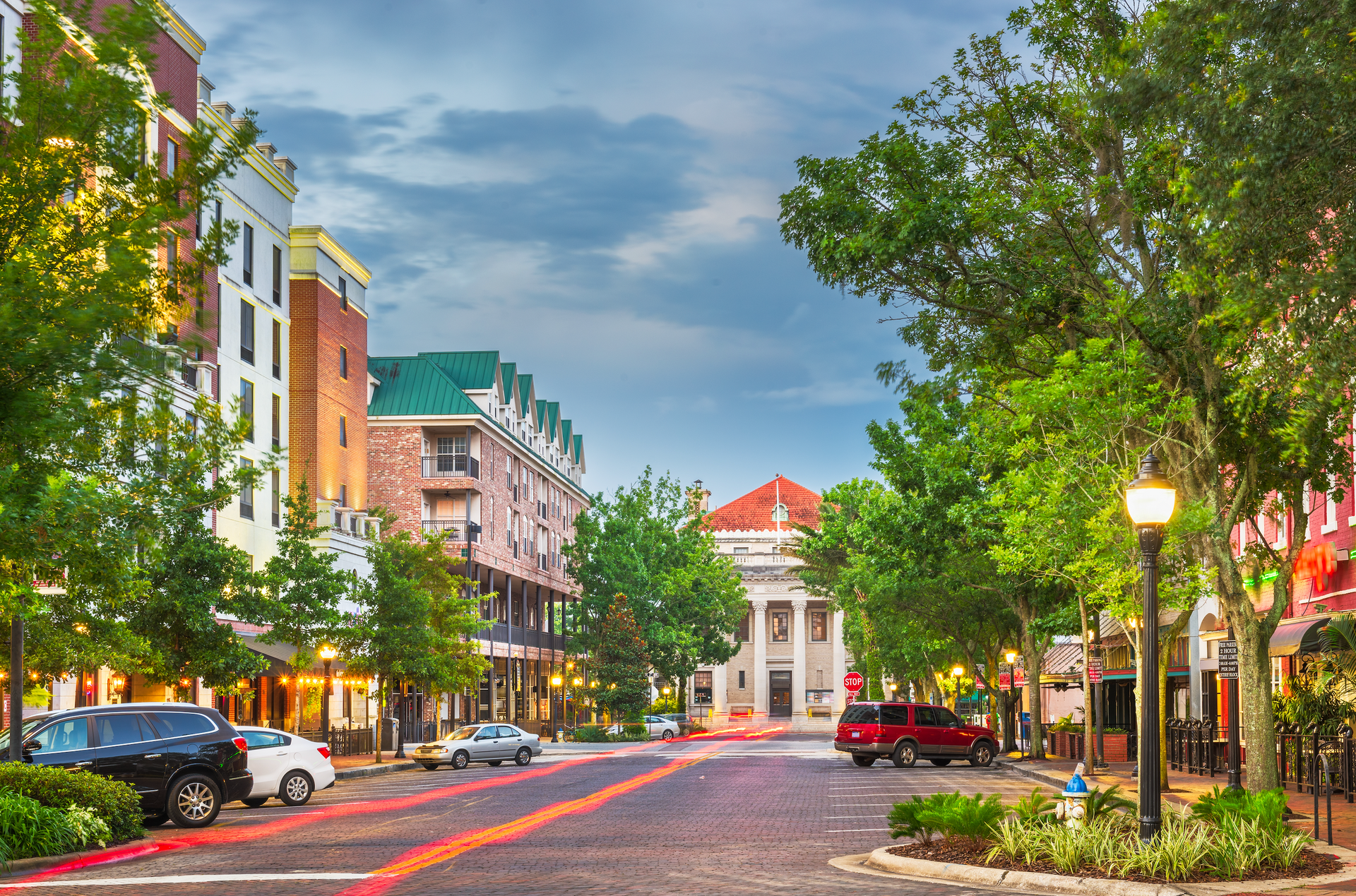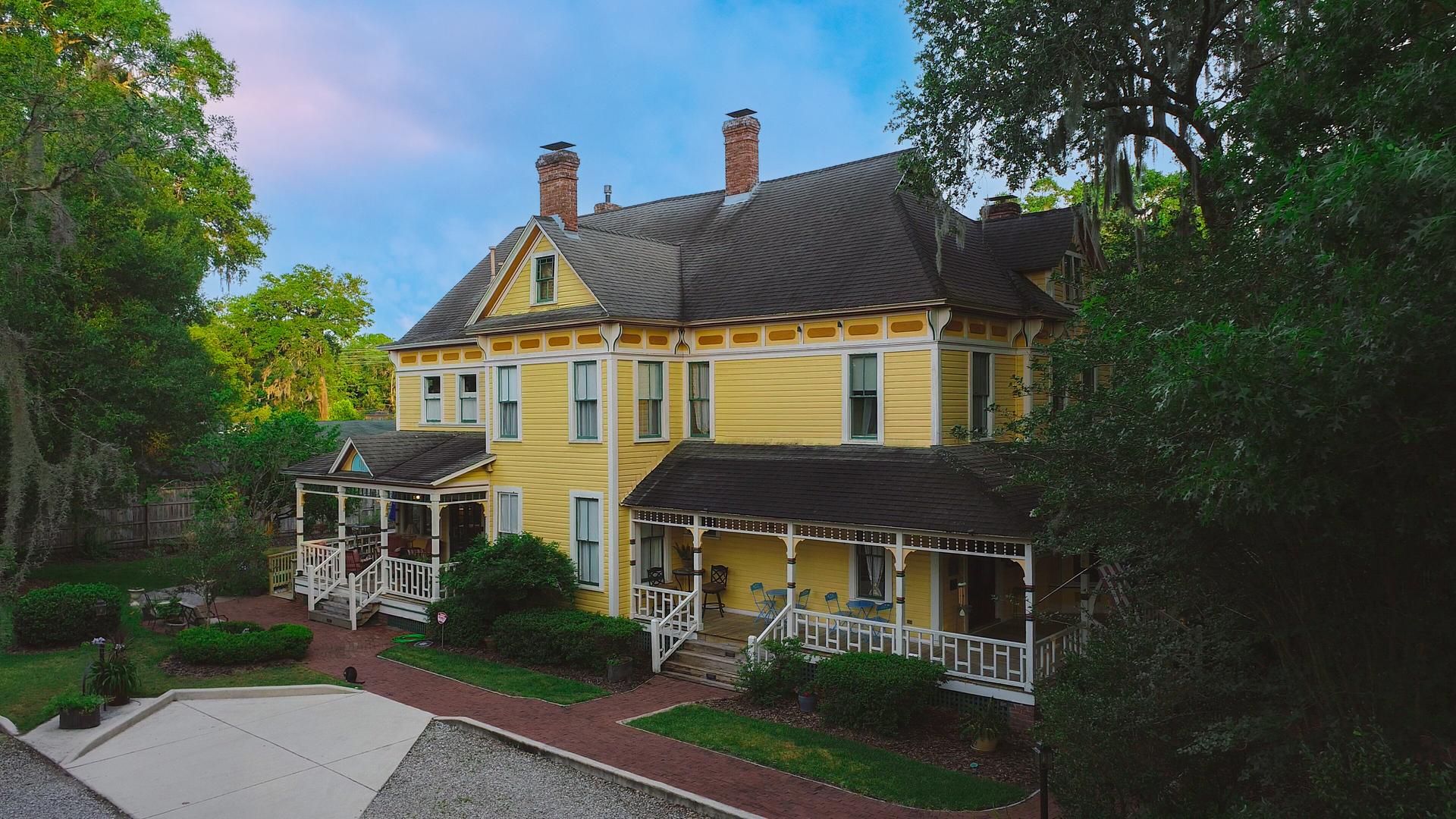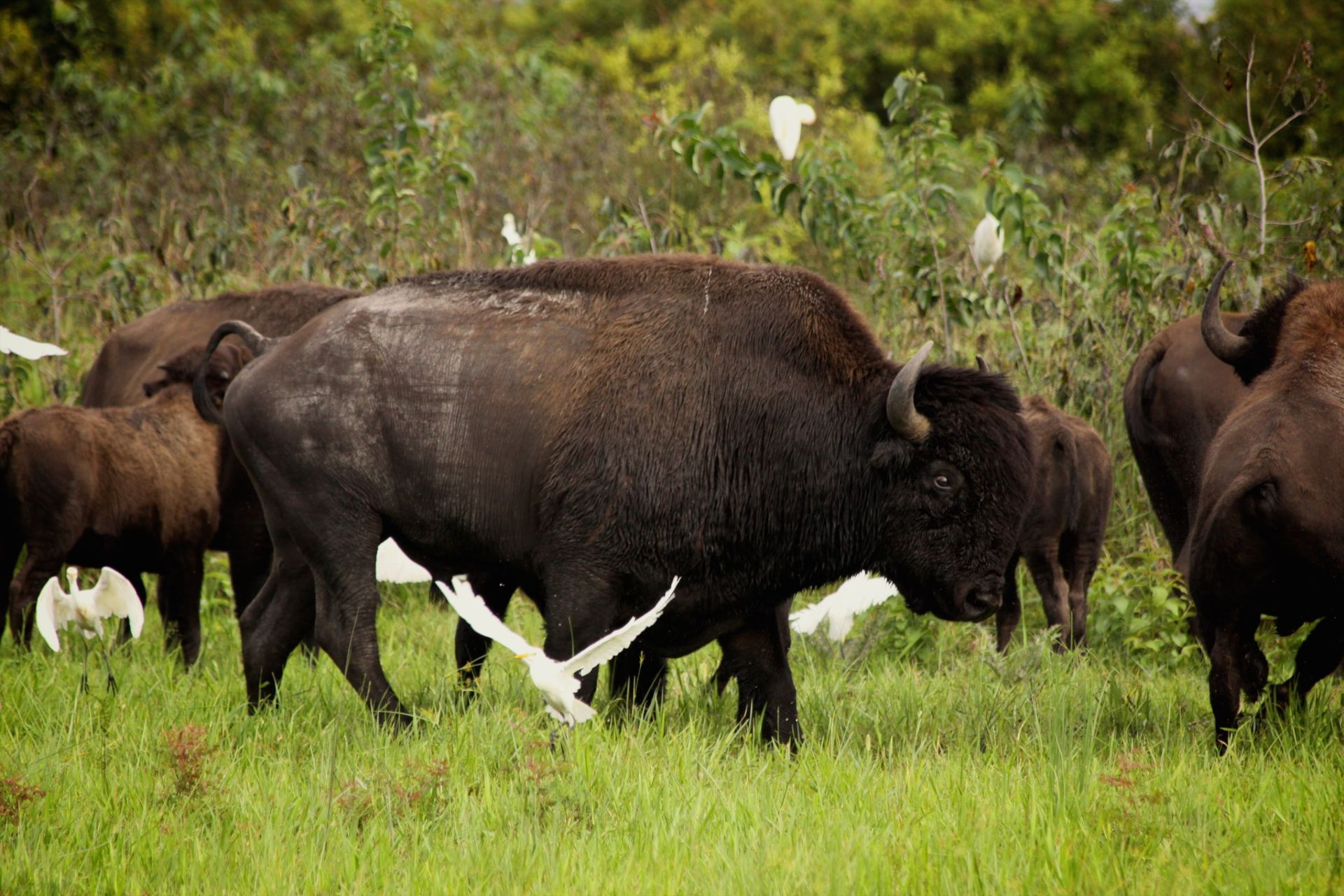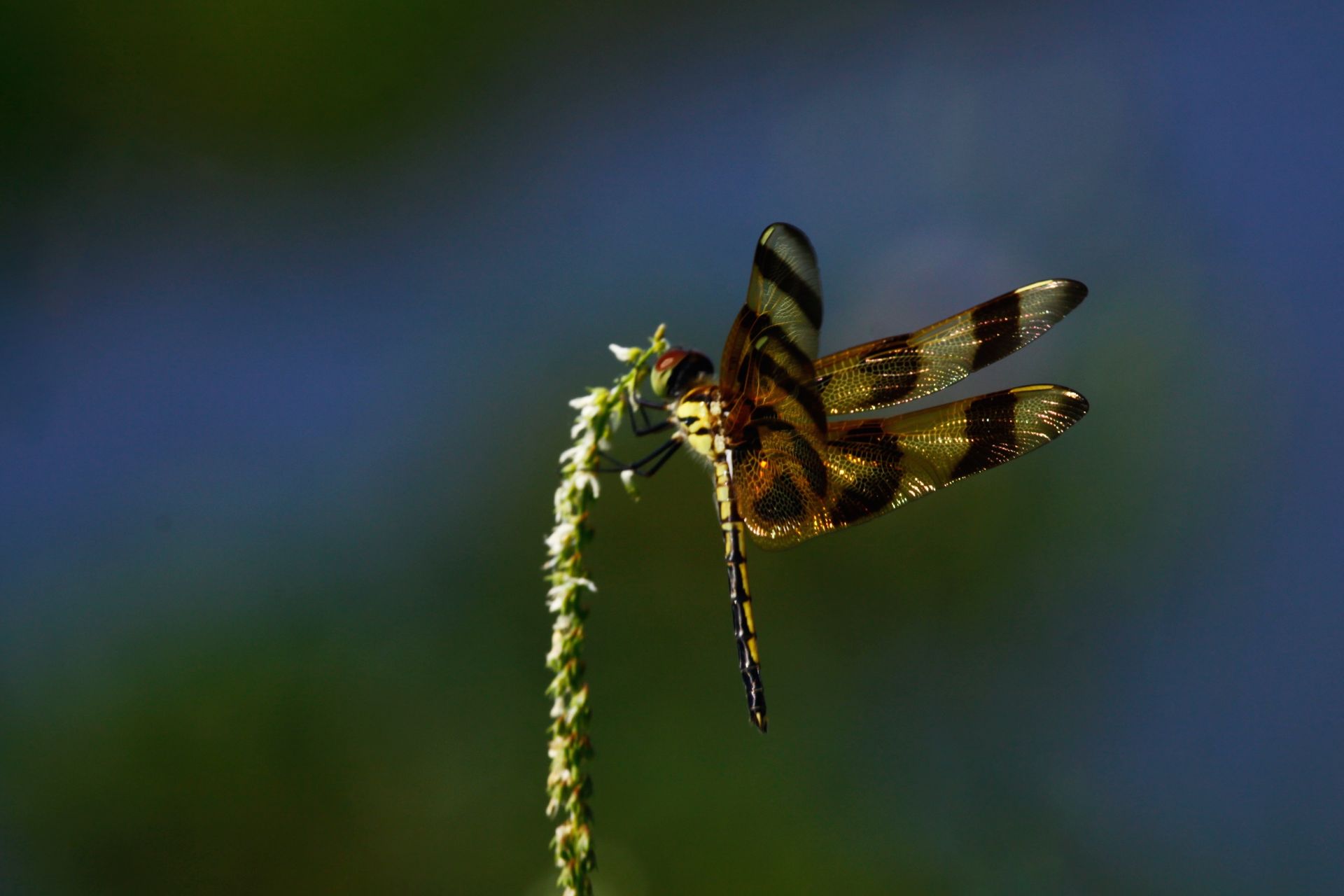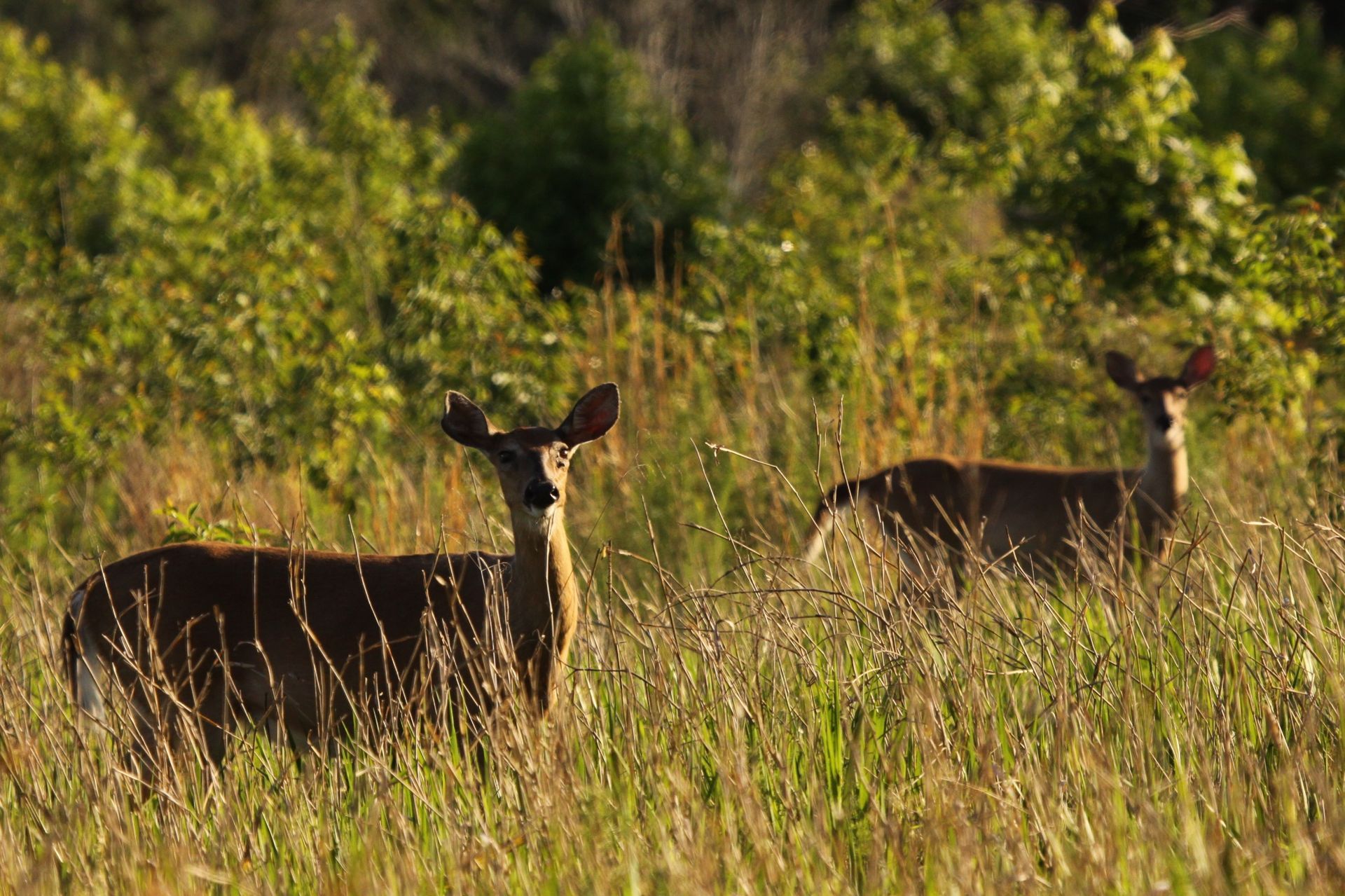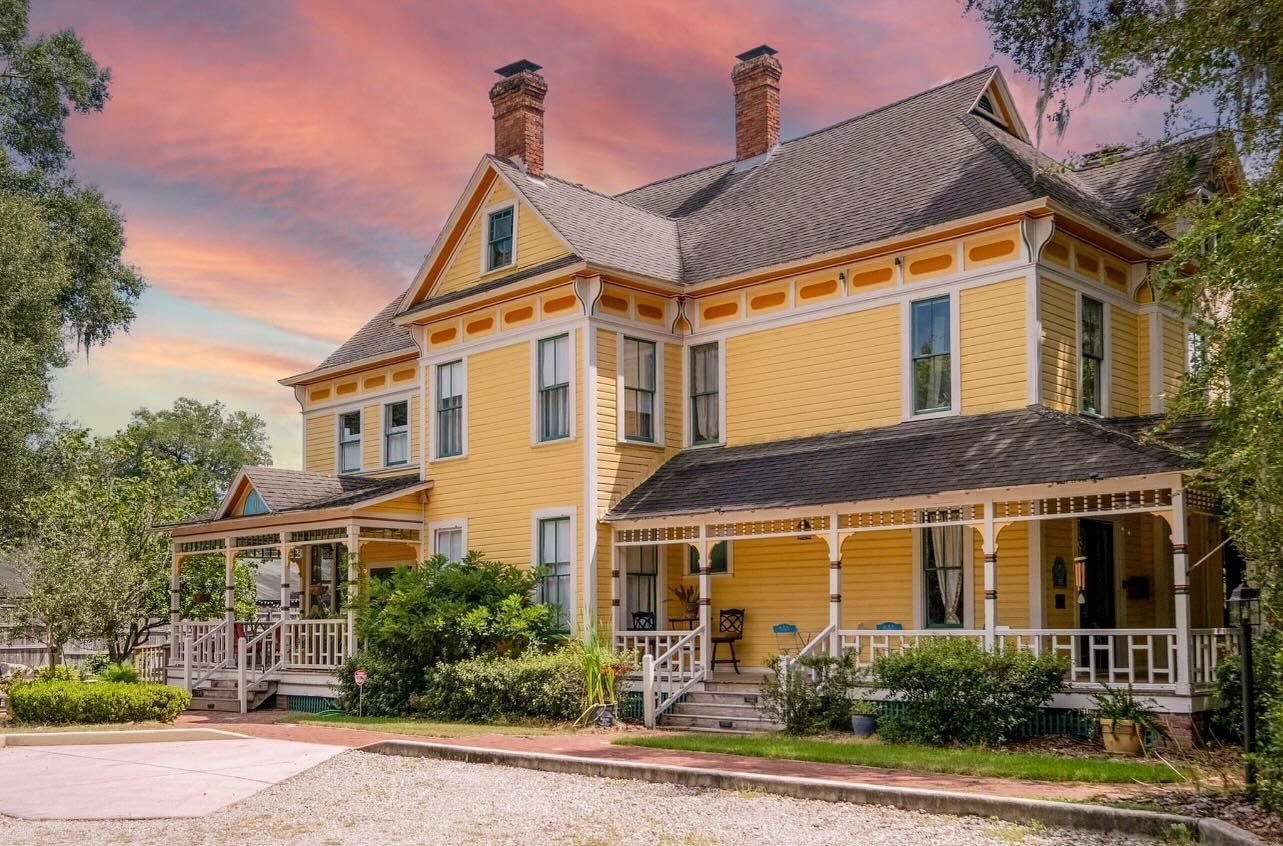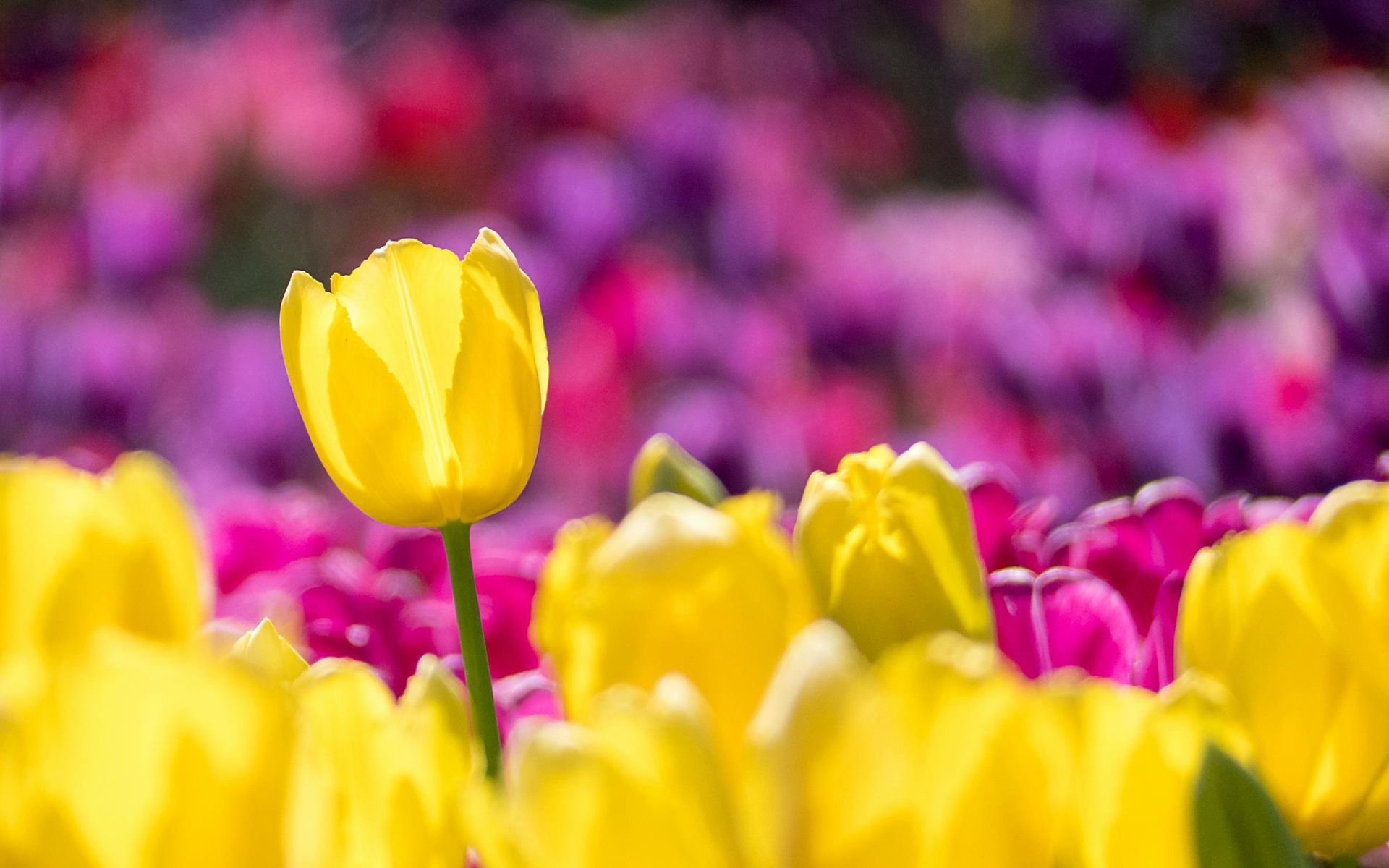Things to do in Gainesville, FL: Paynes Prairie
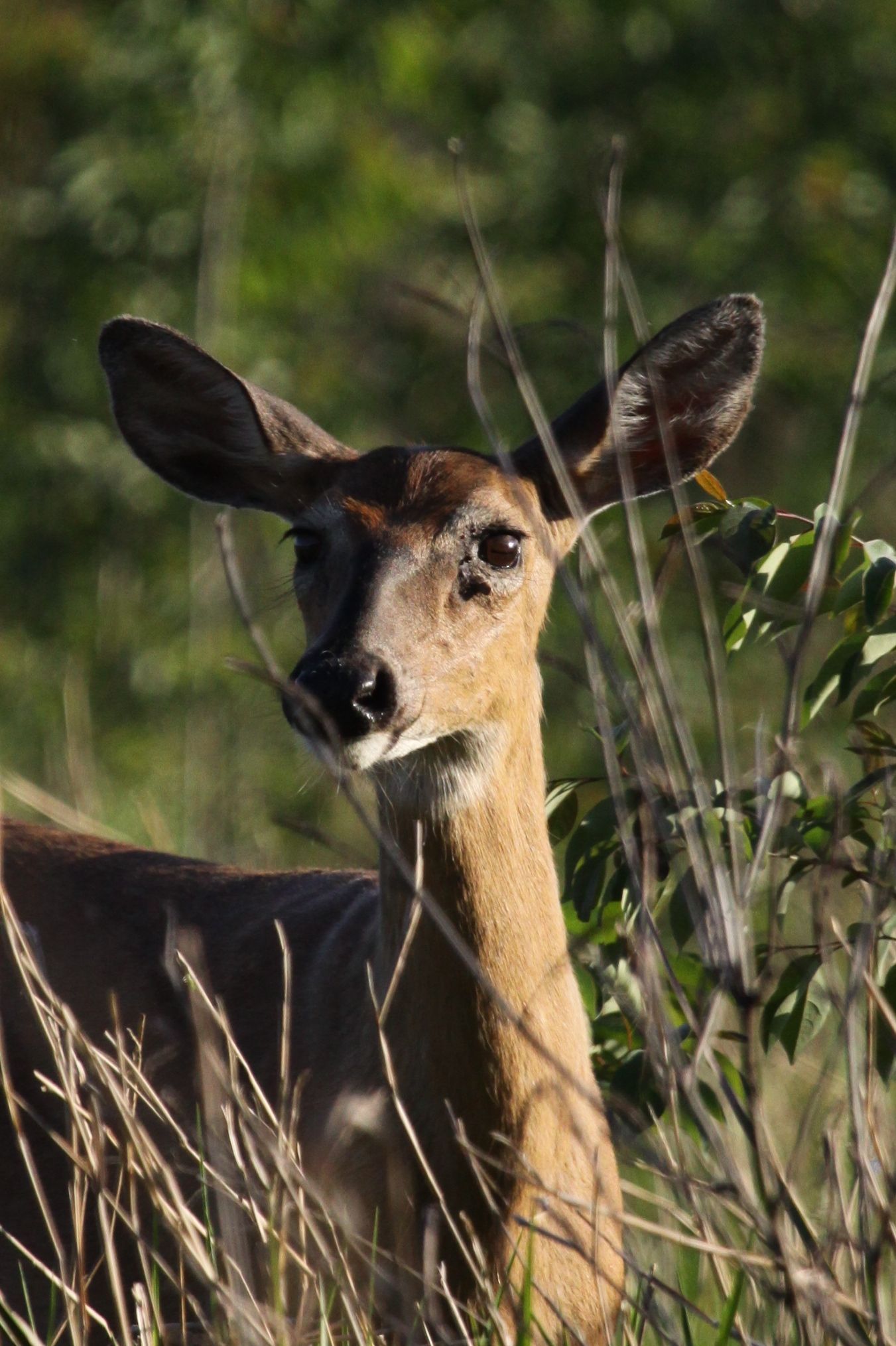
Title: Discovering the Wonders of Paynes Prairie: A Wildlife Oasis
Introduction:
Nestled in the heart of Florida, Paynes Prairie Preserve State Park stands as a testament to the state's diverse ecosystems and abundant wildlife. Spanning over 21,000 acres, this natural wonderland offers visitors a glimpse into the rich tapestry of Florida's landscapes, from vast prairies to dense forests and wetlands. But what truly sets Paynes Prairie apart is its incredible array of wildlife, which thrives in this unique habitat. Join us on a journey through this ecological gem as we explore the diverse wildlife that calls Paynes Prairie home.
The Pristine Landscape:
Paynes Prairie's landscape is a blend of wetlands, prairies, hammocks, and forests, providing a habitat for a wide variety of species. The prairie itself is a vast expanse of grasslands, dotted with clusters of oak trees and palmettos. This open terrain is home to numerous species of birds, mammals, reptiles, and insects, making it a paradise for wildlife enthusiasts and nature lovers alike.
Birdwatcher's Paradise:
One of the biggest draws for birdwatchers at Paynes Prairie is the incredible diversity of avian species that inhabit the park. With over 270 species recorded, including both resident and migratory birds, there's always something new and exciting to see. From majestic raptors like bald eagles and ospreys to colorful songbirds like painted buntings and indigo buntings, the prairie is alive with the sights and sounds of birds in every season.
One of the most iconic inhabitants of Paynes Prairie is the sandhill crane, a large bird known for its distinctive call and graceful demeanor. These majestic birds can often be seen foraging in the grasslands or flying overhead in small family groups. Another common sight is the great blue heron, a tall wading bird with elegant plumage and a voracious appetite for fish and other aquatic prey.
In addition to these larger species, Paynes Prairie is also home to a wide variety of smaller birds, including warblers, sparrows, and woodpeckers. During the winter months, migratory species such as snow geese and sandhill cranes flock to the park in large numbers, adding to the already impressive diversity of birdlife.
Mammals of the Prairie:
While birds may steal the spotlight, Paynes Prairie is also home to a diverse array of mammalian species, both large and small. One of the most iconic residents is the American alligator, a formidable predator that can be found lurking in the park's many waterways. These ancient reptiles are a common sight in Paynes Prairie, especially during the warmer months when they bask in the sun along the banks of the lakes and marshes.
In addition to alligators, Paynes Prairie is also home to a variety of other mammalian species, including white-tailed deer, bobcats, and wild boar. These animals are often more elusive than their avian counterparts, but with a little patience and luck, visitors can catch a glimpse of them roaming through the forests and grasslands of the park.
Exploring the Wetlands:
No visit to Paynes Prairie would be complete without exploring its vast wetlands, which are teeming with life. These marshy habitats are home to a wide variety of aquatic species, including fish, turtles, and amphibians, as well as an abundance of plant life.
One of the most iconic residents of the wetlands is the Florida manatee, a gentle giant that spends its days grazing on aquatic vegetation and basking in the sun. These endangered marine mammals can often be seen swimming in the park's lakes and rivers, especially during the cooler winter months when they seek out warmer waters.
In addition to manatees, Paynes Prairie's wetlands are also home to a variety of other aquatic species, including alligator snapping turtles, largemouth bass, and various species of frogs and salamanders. These creatures play a vital role in the park's ecosystem, helping to maintain the delicate balance of life in the wetlands.
Preserving Paynes Prairie:
Despite its natural beauty and ecological significance, Paynes Prairie faces numerous threats, including habitat loss, pollution, and invasive species. Fortunately, efforts are underway to protect and preserve this unique ecosystem for future generations to enjoy.
One such effort is the Paynes Prairie Land Management Plan, which aims to balance the needs of wildlife and recreation while ensuring the long-term health of the park. This comprehensive plan includes measures to restore and maintain natural habitats, control invasive species, and minimize human impact on the environment.
Additionally, organizations such as the Friends of Paynes Prairie play a crucial role in supporting conservation efforts through education, advocacy, and fundraising. By working together, we can ensure that Paynes Prairie remains a vibrant and thriving ecosystem for years to come.
Paynes Prairie Preserve State Park is a true gem of Florida's natural heritage, offering visitors a rare glimpse into the state's diverse ecosystems and abundant wildlife. From its vast prairies to its dense forests and wetlands, the park is home to a remarkable array of species, from majestic birds of prey to elusive mammals and fascinating aquatic creatures.
As we continue to explore and appreciate the wonders of Paynes Prairie, it's important to remember the importance of conservation and stewardship. By working together to protect and preserve this unique ecosystem, we can ensure that future generations will have the opportunity to experience its beauty and wonder for themselves. So whether you're a seasoned naturalist or just looking for a peaceful retreat into nature, be sure to pay a visit to Paynes Prairie and discover the magic of this wildlife oasis for yourself.
The park’s eight trails, including the 16-mile paved Gainesville-Hawthorne State Trail, allow one to explore the park’s interior and observe wildlife, while a 50-foot high observation tower provides for panoramic views.
Fishing and canoeing on Lake Wauburg are popular along with a shaded campground. During a visit to Paynes Prairie, one can easily understand why Seminole Indians once occupied a village along this vast savannah.
https://www.floridastateparks.org/parks-and-trails/paynes-prairie-preserve-state-park

